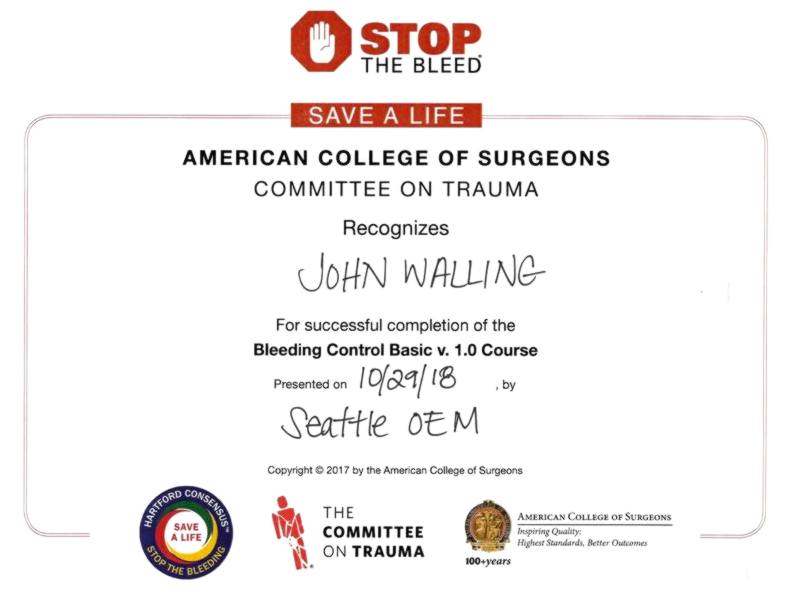- Disaster Planning Blog (11/12/2023)
- WEA Wireless Emergency Alerts (9/19/2023)
- Download Emergency-Kit Checklists (7/9/2023)
Use PDF for printing. Use XLSX for editing. - Smoke Detectors (6/5/2022)
- Heat Safety (5/7/2022)
- Apartment Fire Safety March 2022 (4/8/2022)
- Disaster Preparedness Classes (September & October 2021)
- Resources: https://tinyurl.com/disaster-prep-2021
- AGRC Emergency Preparedness Committee (3/14/2021)
- Apartment Fire Safety February 2021 (2/11/2021)
- When The Fire Alarm Goes Off (1/13/2021)
- 9-1-1 Operation Forum Jan-2020 (1/9/2020)
- SPD Block Watch Meeting Dec-2019 (12/10/2019)
- Police Chat Oct-2019 (10/31/2019)
- Fire Dept Report (10/8/2019)
- How to respond to a fire alarm (5/13/2019)
- Safe Apartment Living (3/18/2019)
- Is West Seattle Prepared? (for earthquake) (3/2/2019)
- SPD First Annual Cop-I-Con (2/6/2019)
- Stop the Bleed (10/30/2018)
- ALKI earthquake prep videos (9/1/2018)
- Hands-Only CPR Refresher (2/5/2018)
- Holiday Safety Tips from Jennifer Burbridge (12/6/2017)
- Red Cross Disaster Preparedness (11/20/2017)
Download worksheets for preparing emergency kits - Winter Safety from Jennifer Burbridge (11/16/2017)
- Sharps Collection (11/7/2017)
- Earthquake Preparedness (10/18/2017)
- Emergency Planning and Preparation (updated 3/22/2018)
- What is the EPC?
- What's in the Hall Monitor kit?
- Which positions are open for Hall Monitors and Captains?
- Emergency Hubs are located in neighborhoods throughout Seattle.
- Hubs perform the vital function of coordinating information during emergencies between neighbors and with the city.
- Hubs perform emergency drills in coordination with Seattle OEM/EOC.
- Hubs communicate citywide with other Hubs using GMRS repeaters.
- Hubs communicate with Seattle EOC with Amateur Radio repeaters.
- John Walling 424D communicates via GMR repeaters and Amateur Radio repeaters.
- Scam Alert Nov-21-2017
- Meeting Oct-20-2017
- Block Watch Web Resources
- SPD Block Watch Instructions
- Block Watch Signs

 RSS Feed
RSS Feed